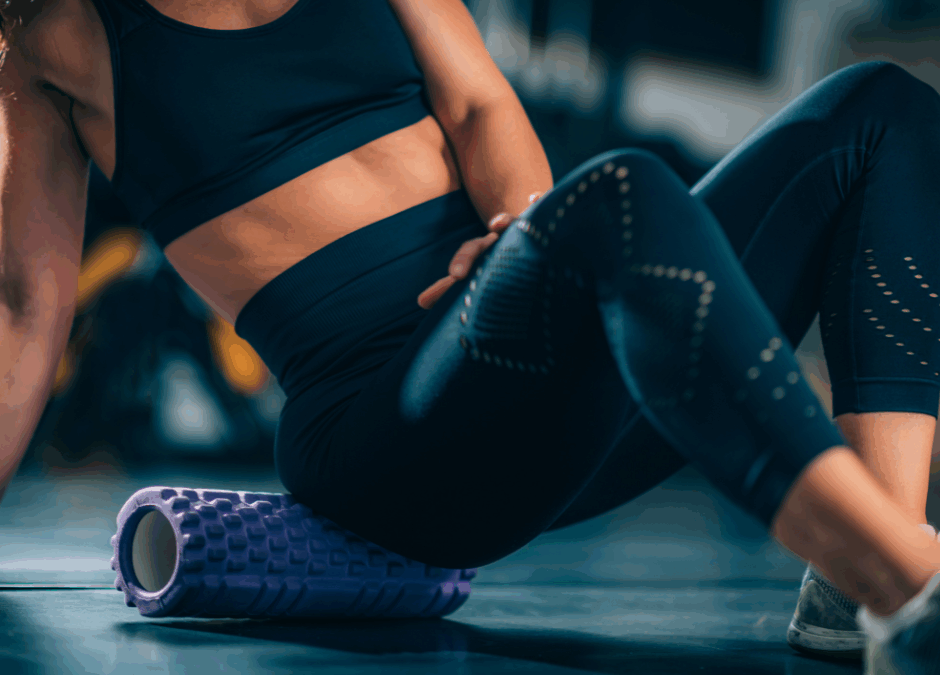“Fix your posture!” — we’ve all heard it at one point or another. While it may sound repetitive, it’s one of the most important pieces of advice, especially for athletes.
In today’s world, people spend more time sitting than ever before. Over time, this leads to the familiar posture issues: the chin pokes forward, shoulders round, the back arches, and the glutes become disengaged. While we’re all guilty of this occasionally, poor posture can lead to tight muscles, imbalances, and those nagging aches and pains in the neck, shoulders, back, hips, knees, and even ankles.
For athletes, these effects are magnified. Poor posture doesn’t just cause discomfort — it limits strength, power, balance, and performance, and increases the risk of injury.
How Poor Posture Impacts Athletic Performance
When athletes spend long hours sitting — whether at school, work, or during travel — their glutes and core muscles aren’t engaged. This inactivity makes it harder to activate these key muscle groups during running, jumping, or throwing.
The result?
-
Decreased performance
-
Poor hip control and single-leg stability
-
Increased risk of ankle, knee, hip, and lower back injuries
Even with strength training or rehab, fixing posture takes time and consistency. If you spend 16 hours a day in poor posture, one hour of training won’t fully undo it — especially if you return to slouching afterward.
That’s why posture awareness and daily habits are just as important as your training sessions.
Simple Tips to Improve Posture
1️⃣ Be Aware and Correct
Start by noticing your posture throughout the day.
If your shoulders round forward, reset by pulling them back and down.
If your feet turn outward while walking, practice stepping straight ahead.
Over time, these small corrections will become second nature and form new, healthy movement patterns.
2️⃣ Take Movement Breaks
When sitting for long periods, take short breaks every hour to stand, stretch, or walk.
Focus on quick mobility for your hip flexors, hamstrings, calves, chest, lats, and upper traps.
These breaks don’t just help your body — they give your mind and eyes a much-needed reset, too.
3️⃣ Stretch and Roll After Sitting
After long days, spend 10 minutes stretching and foam rolling.
Target your glutes, hamstrings, quads, calves, and back with a foam roller or a firm water bottle if you don’t have one.
Then, stretch the major postural muscles for 1–2 minutes each.
Listen to your body and spend extra time on any tight or sore areas.
4️⃣ Warm Up Before Training
Athletes should never skip a warm-up.
Dynamic movements like high knees, butt kickers, and skips help prepare your body for performance.
Add in glute activation, core work, and arm care (for overhead athletes) to ensure your muscles are firing correctly before training or competition.
5️⃣ Work with a Professional
A strength and conditioning coach or athletic trainer can identify postural issues, create corrective programs, and design training plans specific to your sport. They’ll help you build proper movement patterns, improve mobility, and prevent injuries — all while maximizing your athletic potential.
The Bottom Line
Posture affects everything — your strength, your performance, and your longevity as an athlete.
By being mindful of your movement and staying consistent with corrective work, you can reduce injury risk, move better, and perform at your best.
So remember… fix your posture, and your performance will follow.

